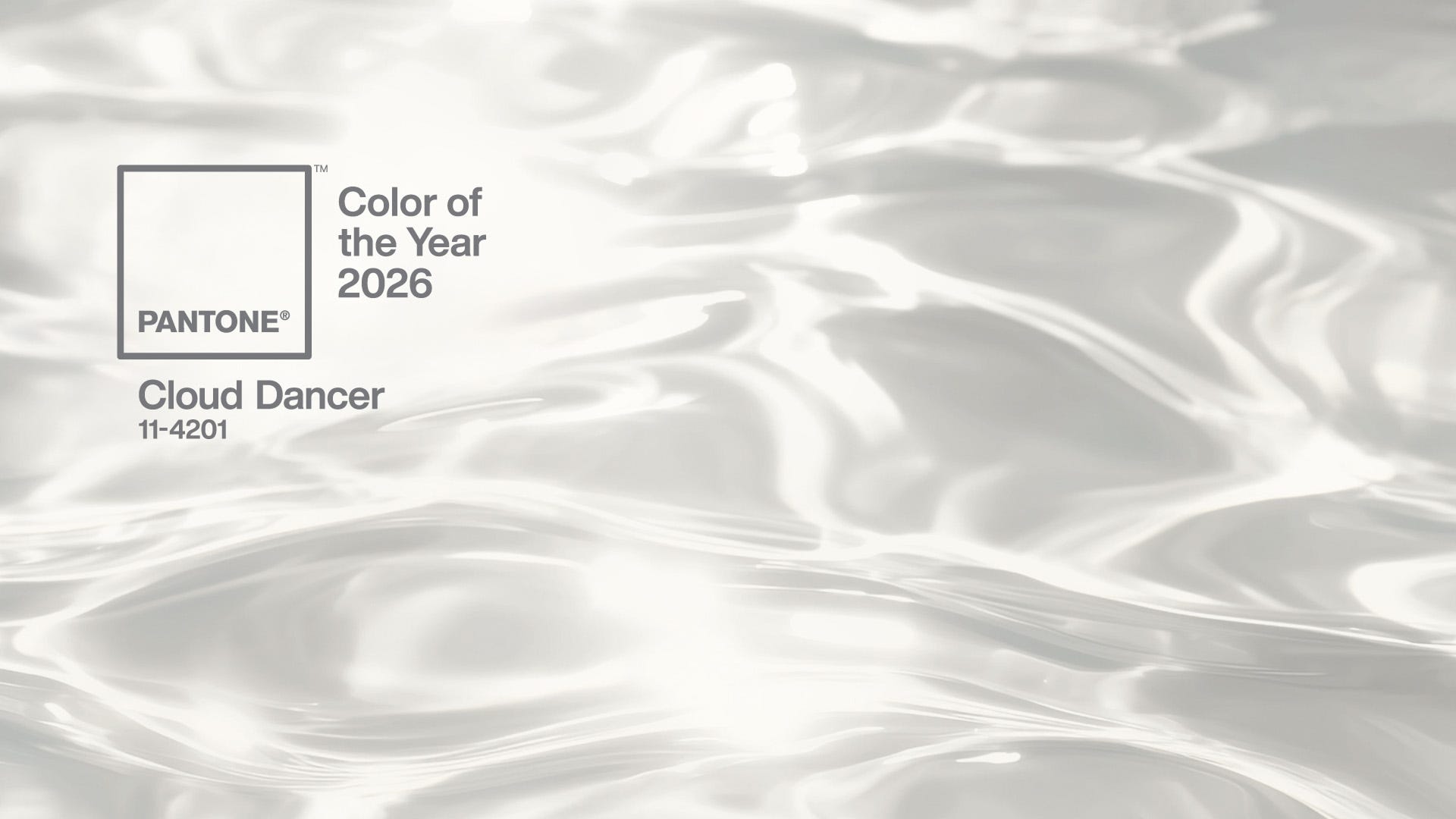Big Mouth: Site for sore eyes
On the web, Gary Marshall reckons, great designs are compromised by not-so-great kit. At least, they were…
This article first appeared in issue 229 of .net magazine – the world's best-selling magazine for web designers and developers.
If you’ve ever played in a band or knocked around with people who do, you’ll know that most of the time bands sound awful. It’s not that the band is terrible, or that an individual musician is terrible, or that the songs are terrible – or at least, it’s not entirely because the band, individual musicians or songs are terrible. It’s that the equipment isn’t good enough. What the songwriter hears in his or her head bears little relation to the booming, overdriven GNNNNNNNNH that belches forth from the speakers.
Even professional musicians suffer from it. I recently attended a Coldplay gig where the sound was so bad that I might as well have been locked in a bin and thrown down a hillside. Not only would it have sounded better and given me less of a headache, but it would have been far cheaper too.
Compromised
The problem is that unless you’ve locked yourself indoors with a top-end Linn stereo and some Nautilus speakers for company, most of the music you hear is compromised. Electronic music with basslines deep enough to tickle the dead comes at you not through a perfectly tuned club PA, but via the headphones of an idiot on the bus. Arrangements so delicate they make gossamer look like girders are blown away by the wind at outdoor events. Music that soars to the highest highs and lowest lows in the studio is compressed to a single solid waveform so it sounds loud enough on YouTube.
Pixel-perfect masterpieces are made blocky to save a couple of kilobytes
The same thing happens in web design, especially on the mobile web. Pixel-perfect masterpieces are made blocky to save a couple of kilobytes. Photos that someone spent hours planning and hours more perfecting get squashed by the mobile networks until everything’s been paid a visit by Captain Jaggy. What the creator visualises in her or his head bears precious little relation to the indistinct, compressed, over-saturated GNNNNNNH that sits on the screen.
The vision thing
If you care about this, and of course you do, you start looking for ways to get closer to the original. You want to hear what the musician intended and see what the designer designed. In music that means avoiding certain venues or certain bits of venues, embracing lossless audio instead of lossy MP3s and spending a week’s wage on a pair of headphones. In web design, for a wee while at least, it means a trip to the Apple Store.
If you haven’t seen your work on a Retina display, you’re in for a treat. What Apple’s done with the iPad’s display, and what other firms will be doing soon – Windows 8 supports Retina displays too, and super high resolution HiDPI displays are imminent – is extraordinary. There will be teething troubles, of course. For example, lower-res designs look awful, and we’re already seeing retina-friendly graphics squished to pixelated mush by mobile operators. But the future of the web is here. At long last, digital users can really see sites as their designers intended.
Photography: Iain MacLean
Daily design news, reviews, how-tos and more, as picked by the editors.

The Creative Bloq team is made up of a group of art and design enthusiasts, and has changed and evolved since Creative Bloq began back in 2012. The current website team consists of eight full-time members of staff: Editor Georgia Coggan, Deputy Editor Rosie Hilder, Ecommerce Editor Beren Neale, Senior News Editor Daniel Piper, Editor, Digital Art and 3D Ian Dean, Tech Reviews Editor Erlingur Einarsson, Ecommerce Writer Beth Nicholls and Staff Writer Natalie Fear, as well as a roster of freelancers from around the world. The ImagineFX magazine team also pitch in, ensuring that content from leading digital art publication ImagineFX is represented on Creative Bloq.
